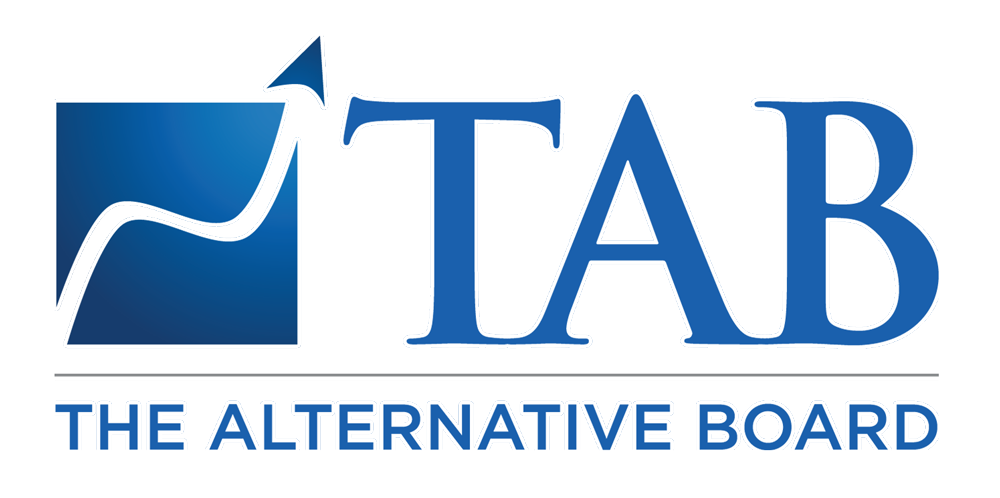5 Step Business Management Program for a Down Economy
Right now, business owners are focused on the massive business continuity challenges presented by COVID-19. The reality we are facing in this pandemic environment is unprecedented. Business principles are different than anything we have ever encountered, strategies which were successful in the past may no longer work, and many vendors, clients, prospects are in an insecure “hold mode”.
So how do we move forward? As restrictions are relaxed, we should consider what the future may look like. What can we learn from the pandemic to prepare for the “new normal” following COVID-19? What can we do to help our businesses thrive in a post-pandemic world?
STEP 1: ANALYZE
Revenue & Profit by Customer & Use TAB's organizational fit exercise
Rank Customers A B C D Remember, analyzing customers is not all about money. Are there other things that might change your ranking?
Review Expenses & Employees' Value Perform a gap analysis for this economy.
Do you have order takers rather than hunters?
Do you need marketing rather than direct sales?
Do you have people who are coasting rather than own their jobs and are accountable?
Do you need team workers or mavericks?
Do they have the right attitude?
Do they fit the new culture?
Do they fit your core values?
Review Products & Services fit Sort your sales by product in descending order - correlate the costs of ordering, warehousing, developing and promoting each product as well as normal COGs and determine profit - classify all products and services into A, B, C or D based on revenues, profits and strategic importance
Review Vendors as to whether they are partners Rank them and make sure you have backups
STEP 2: SET GOALS
Use TAB’s Business Builder Blueprint. Value Proposition:
Determine if the value provided to your customer has changed
Identify and write your Unique Value Proposition
Target Customer
Providing what key problem-solving capability for Customers
Describe customers’ needs or dissatisfaction with competitive offerings in a category
List your Key Differentiators over the competition
Set New Realistic Sales and Profitability Goals
Top Down
Review your vision which is going to set your Big Picture Goals
Given the economy what is a SMART annual sales goal?
Bottom Up
Look at sales history by product or product line by customer
Using your intuition and calls to your customers, forecast each customer’s revenue by product
Total your sales by product and obtain a total sales forecast
Compare the two and determine the delta. You will need to focus here.
Develop Strategies to Achieve Base goals & Strategies on your Visions and your current SWOT
STEP 3: DEVELOP THESE PLANS
Set up your 8-month cash flow using your TAB Cash-flow tool
You will need four months history of cash out the door to set up a base-line
Work with your coach to prepare expected outlays of cash over the next 8-months as you know it now
Consider forecasting revenue on a customer by customer basis
Remember to forecast revenue from grants & loans plus expense reductions
Sales plan Include:
A defined set of sales targets
Sales strategies suited to your market
Sales tactics for your sales team
Pipeline Structure
The "who, where, why, when and how" that will guide you to hitting your sales goals for the year
Tracking mechanisms for actual to plan broken down by rep
Marketing plan
What could we do right now to improve the quality of our product(s) or service(s) in our customers’ eyes?
What additional product/service would our customers most like us to offer?
What new approach could we try to reach different customers or reach current customers in a different way?
Where should we concentrate our resources?
Operations plan This plan details what must be done, providing a clear picture of how the organization’s annual goals will be achieved
Employee plan Look at improving the hiring process to reduce turnover, improving employee retention, assess employee engagement
STEP 4: TAKE ACTION
Fire unprofitable customers Fire customers when they are:
too small for your business,
consistently mean or rude to employees,
don’t refer new business,
aren’t profitable,
no longer fit with your mission or values,
engage in unethical or questionable practices
Work to change B's to A's
What is keeping them from being an A?
Have you asked them for referrals?
Have you analyzed the products that are often purchased with what they are buying?
Can you upsell?
Can you reduce their prices if they buy more and do they know that?
Would a customer loyalty program help?
Decide A client’s benefits and sell that to the B’s
Tell them they are a “silver” customer and ask what you can do to get them to “gold” status
Adapt products to customer needs
Right size your employees Decide: What type of people you need in this economy: e.g. in sales, hunters, farmers, consultative, value sellers? Hold them accountable. Hire slowly, fire quickly
Step-up your marketing
STEP 5: REVIEW AND REPEAT
Review financials often
Set up KPIs and track to them If things start to worsen or improve, make plan changes Use TAB’s Business Builder Blueprint to establish and track your KPIs. Use an Accountability Coach to keep you on track
Communicate with all! Establish a communication policy
You don’t have to be alone on this journey. Many TAB Members are taking the journey together, helping each other, and holding each other accountable.
